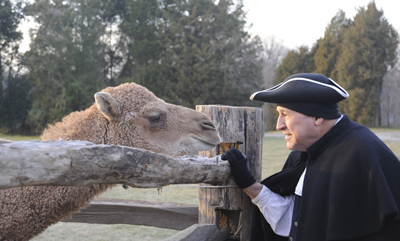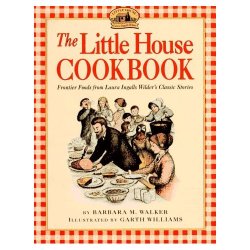Part 2 of my Cybils reading list includes books from the Fantasy and Science Fiction, and Graphic Novel categories.
- Fantasy and Science Fiction. As it was last year, this list is divided into elementary/middle grade and young adult sff. Of the elementary/middle grade finalists, I've already read The Cabinet of Wonders by Marie Rutkoski (Macmillan); in fact, I nominated it for the Cybil and am thrilled that it's made it this far. I'm hoping to get my hands on a copy of The Graveyard Book by Neil Gaiman (HarperCollins), too; if only because he's such a rock star.
Of the young adult finalists, I'd most like to read A Curse Dark as Gold by Elizabeth C. Bunce (Scholastic), which combines a fairy tale retelling (Rumpelstiltskin) with an alternate history (the Industrial Revolution). I'm also tempted by Kristin Cashore's Graceling (Harcourt), but that one may have to wait.


- Graphic Novels. This category is also split into elementary/middle grade and young adult. I should admit that I don't often like graphic novels. I have read one of the finalists in the elementary/middle grade category, Rapunzel's Revenge by Shannon Hale and Dean Hale; illustrated by Nathan Hale (Bloomsbury USA; didn't like it). My pick is There's a Wolf at the Door by Zoe Alley; illustrated by R.W. Alley (Roaring Brook). And I'm not even reading a young adult graphic novel (sorry!).

I'll be back with the rest of my reading list (Middle Grade, MG/YA Nonfiction, and Young Adult) on Monday. Thanks for playing!





















